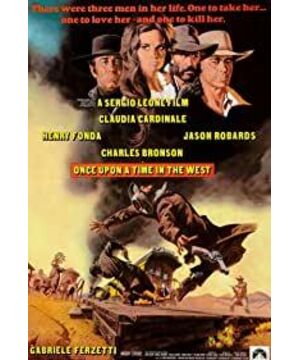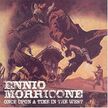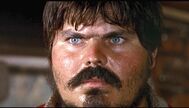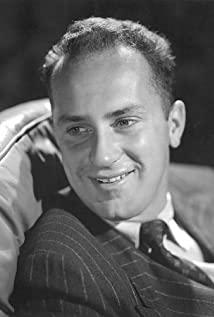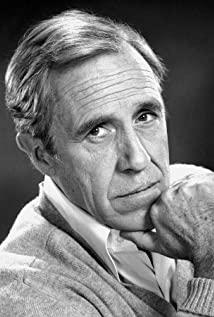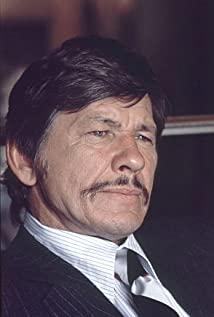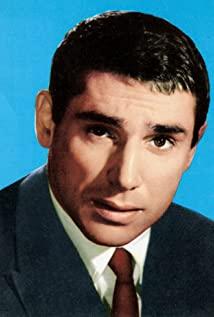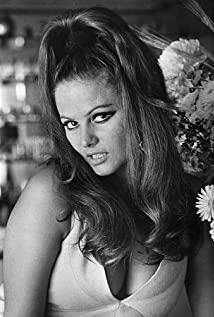Close-up Sound Fixed Bandit squinted, waiting for the train to arrive. 4 seconds
close-up of train whistle sound fixed gangster watching 7 seconds train stop sound
empty camera fixed gangster a close-up of the sound of train door opening 8s
close-up of train door opening sound fixed gangster b gets nervous and turns to look at the door 7s
close-up of train door opening sound is fixed Gun 7s
close-up of train door opening sound Fixed Bandit turned his head to look at 26s Sudden train noise
empty camera Fixed The door opened and the conductor dropped a box 35s
Close-up of the box falling to the sound Fixed Bandit put the gun into the sleeve 30s
Close-up of the train burst fixed bandit c skewed head to look door direction 33s trains chug
closeup fixing bandit a train watching slid down 29s trains chug
closeup fixing bandit b look bandit a, laughing. 25S train chug
closeup fixing bandit a respectively b and c schematically, out of the drawing. 38s The train chugs the
distant view Push-Shake The three people walked to the distance of the platform, approached, watched the train leave, and prepared to leave
30s The train whistle sounded, start the
middle and close shots Fixed.
After seeing the harmonica player, the three people of Panoramic Descending-Racing approached him. The 21s harmonica sounded; the train whistle sounded far away.
Close-up Fixed The harmonica player was playing and looked up at the three bandits. 10s
Close-up of the harmonica sound.
Close-up fixed bandit stares at the harmonica player 3s close-up of the harmonica sound
Fixed Harmonica player slowly puts down the piano and talks to three people 8s the harmonica sound stops, dialogue
close-up fixed bandit answers 4s dialogue
Since fixed panoramic harmonica player for three 5s speak rendering music, white
close-up fixed bandit b speak 3s render music, dialogue
medium shot stationary bandit b turned render music to a, a schematic harmonica hand dead horse 8s, white
close-up fixed harmonica Hand talk 7s rendering music
close-up Fixed bandit talking, put away the smile 2s rendering music
close-up Fixed banda tightening facial muscles 4s rendering music
panorama Fixed Four-person stand-off, ready to draw the gun 5s rendering music
panorama Fixed harmonica player not moving, watching 2s rendering Music
mid-range fixed bandit shooting 11s rendering music
close-up pull harmonica hand drawing gun 2s rendering music
mid-range fixed harmonica player shooting, bandit bandit falling to the ground rendering music stop, gunshot
mid-range fixed bandit b shot and shooting at the same time 4s Gunshot
mid shot Fixed Harmonica hand gun fell to the ground 7s gunshot
panorama fixed Bandit b shot slowly fell to the ground. 4s horse call
paragraph analysis: The
film was shot next to a small Spanish city, and the background of the story is Arizona in the United States. This culprit wore a long trench coat, and the canvas coat was a symbol of American Western films for a while, but the results of research by Sergio Leon and the designer believe that the long trench coat is more impressive. The actual effect has proved. To
achieve this. Here Leon has borrowed a lot from
The use of sound is sometimes amplified natural sounds: the squeaking of the door, the sound of closing a metal door loudly, the sound of a bird, the most obvious is the sound of a windmill that is anxious to be oiled. This film When recording the windmill, Leone’s recording assistant said, “Should we refuel it? It sounds too creaky.” Leone said, “I will pinch you to death when I move.” He hopes this is incredible. The sound tortured and stimulated everyone's nerves. The windmill creaked and screamed unhurriedly for a long time, echoing the hot desert scenery, made by several boring but hidden murderous bandits. Something weird. Under the slow pace, the characters of several gangsters are well portrayed, and their images are well matched with the surrounding environment: they are all pickled and full of meat, One of them has flies constantly falling on his face, and he actually tried to eat it with his tongue. The slow rhythm creates a better atmosphere of tension and makes people feel breathless. These are all for the protagonist’s appearance. To pave the way for the climax of the gunfight in the last few seconds. The
locomotive was transformed into a western American style with a Spanish train. After
several gangsters waited for a long time, the harmonica player still did not show up. Why did they say why? After waiting, they are leaving. At this time, the sound of the harmonica made them stop. Here is a delay drop for us. If the harmonica player appears directly, the drama will be significantly weakened. The train's departure is like an opening cloth on a stage. , Unveiled the central character-the harmonica player, an unnamed man played by Charles Bronson. Leone said that Bronson's harmonica is Johnny's guitar, just like Sterling Hayden in
The first sentence of the harmonica player. The line gives us a good entry into the movie, "Did you bring a horse for me?". The track is in the foreground, which seems to imply what the film is about. This confrontation is mainly about the building on the railway." You brought two too many", Bronson is very wonderful, even some funny dialogue. "Did you bring a horse for me?" "Looks like we're shy of one horse/""You brought two too many." These lines It even gave the audience a reason to laugh. Such a typical Western film dialogue is still very gorgeous. This is the typical feature of Loene's dialogue. It is always used very cleverly, just like the dialogue in the drama.
Next, Although all these atmospheres have been created, the violent scenes lasted for a short time. Only four fixed shots, that is, two pairs of front and back shots, were used to clearly describe the entire battle scene. The editing is very simple. It’s clean, it’s sharp. Unlike Sam Peckinpah’s film (
In this paragraph, close-ups are used many times. There are close-ups of the characters’ faces to express the mood and character of the characters, and close-ups of the hands that are used to enhance visual stimulation. The close-up editing mainly has its characteristics. One is The close-up of the face of the character is cross-edited with the close-up of the hand that draws the gun and the panoramic shot of the train. I think there are two reasons for this. One is the need for narrative, so that the causality of the story can be explained clearly. The connection of the lens has a logical relationship; the second function is to be able to change rhythmically. If it is a close-up connection, it will feel too blunt. Inserting the empty lens of the train in the middle can make people look at the previous face After the close-up, there is time to be ready to receive the second hand close-up; the second is that the front and back shots of the two groups of characters are cross-edited with close-up, mid-range and long-range shots, and the scene gradually grows larger. There is a reason for doing it: because at the beginning it was a confrontation between two groups of people, the close-up was used to express the characters' hearts and characteristics; while the middle shot was a dramatic shot, the actor's action performance needs to be completed in this kind of scene; the final panoramic view The two groups of characters are linked together, and the two groups of people make movements and reflections in the same frame, without the need to make forward and backward fights, which saves time, as mentioned above, makes the orgasm time shorter and concentrated, and at the same time In the panorama, the characters can also make actions. This is in line with the development and change of the story-the two groups first talk (close-up), then provoke each other (
medium shot), and finally fight (panoramic view). Some people say that Loene's film is The setting of the camera is textbook-like. It is evident from this scene. This is true for both the narrative shots and the dramatic shots that show the characters' acrimonious confrontation. In the first few shots that the three people waited for, each person was first used. The close-ups are used to express the characteristics of the individual, and then the positional relationship of the characters is expressed in a panoramic view. The reason for this is to highlight the contradictions and conflicts. If the order is reversed, it becomes a simple narrative shot. Then there are four people. In the composition of the confrontation, the four people are arranged on the perspective line, which makes the picture more depth, and highlights the conflict and sharp confrontation between the two parties.
In this paragraph, two guest stars Jack Elam and Woody Strode are in the film. I hung up before entering the plot.From this point of view, this would be a very strange movie.
View more about Once Upon a Time in the West reviews


